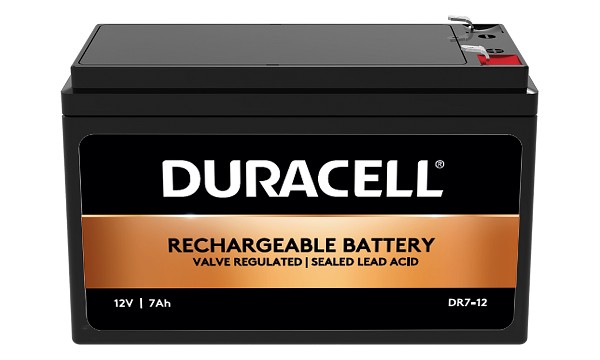Inverters and its batteries are too costly when we plan to increase our load on just solar. This is the reason, many readers and solar enthusiast asked me, can we run our appliances and electronics directly on solar and without an inverter?
Honestly, the solution is there, but we need to change a few things that may cost you some money, but it will be possible for you to run everything just on solar.

Before we read important things, understand few basic stuff that matters the most.
- In country like India we use 220V AC voltage (±20V) on single phased line.
- We can run house using direct current, but our home appliance must support it.
- For the night load we’ll need a battery of 200V and for a moderate load 7AH is more than enough which can run 4 fans, 4 lights, and some other light load.
- Our normal switches may burn when load is there. Be careful about it, and use this as experimental thing and not as a regular stuff. DC voltage is riskier when sparks.
Now come to answer, how?
You can use three different voltage levels based on your load, like…
| Equipment | Light loads | Medium loads | Heavy loads |
|---|---|---|---|
| Solar Panels (use min 330 watts) | 330 Watts x 4 in series | 330 Watts x 5 in series | 330 Watts x 6 in series |
| No of Batteries (7-20 AH) | 11 batteries (of 12V) | 14 batteries (of 12V) | 17 batteries (of 12V) |
| DC Voltage | About 160 V | About 200 V | About 240 V |
| Good for… | Small house with very basic load like 2–3 fans, few lights, and basic entertain stuff. | Small house with additional loads like induction cook tops and heaters, etc. | If your additional load is high, switch to this setup. Buy big battery too of high AH. |
For the sake of this article, I am writing about medium loads, as it is affordable to most of us and I have experimented this in my village when inverter was down for maintenance.
You need to install 5 Nos x 24V solar panels in series. Since 24V solar panel produce around 40V (±4V), it will be near 200V DC which is equals to what we need.
For battery, we need a series of 14 Nos x 12V batteries too of 7AH or more. This will give us around 200V DC 7AH capacity to us. Note that a fully charged 12V battery will give us more than 13 or 14 volts. In total, it will offer us near 200V supply.

Now come to wiring size we need to use for all this…
As we are operating on very low current and high voltage you can use 2.5 sq mm wire to series batteries, and for solar serializing 4 sq mm is available till joining, after that you can use either 2.5 sq mm or 4 sq mm wire which is more than enough to handle all the loads.
Now come to what kind of appliances we can run and what not…
You can run almost every modern appliances like LED lights, BLDC fans, BLDC mixer-grinder-juicer, inverter air-conditioners and refrigerators, induction cook tops, mobile chargers, computers, and laptops. Things like traditional lights, fans, air-conditioners, refrigerators, and mixer-grinder-juicer will not work. Since they all run on an inductive load that needs only AC voltage to operate; do not try to run them on DV voltage, else they may burn.
Keep in mind that only inductive load cannot be run on direct solar power. Like traditional motors that runs of inductive load.
If you want to run such inductive loads then install a VFD (Variable Frequency Drives) it will convert your DC voltage to AC, so inductive load can be operated.
For example, to run a 1 HP motor, you need to install at least 3 HP of VFD so it can handle jerk load. All the inductive motors need at least 2 or 3 times of extra load to start itself.
| What we can run on DC voltage | What we cannot run on DC voltage (but only on AC voltage) |
|---|---|
| All kind of LED lights. | Traditional lights. |
| Only BLDC fans, fully inverter based 5 star rated air conditioners, and BLDC motors. | Traditional fans, normal or semi inverter based air conditioners, and induction motor. |
| Induction cook tops and heaters. | – |
| Any kind of chargers, laptops, even desktop computers. Since everything use DC at end. | – |
| Only BLDC mixer grinder and juicer. | Normal mixer grinder and juicer. |
| Power tools. Since they use DC at the end. | – |
In my findings, I understood that just by using DC voltage only, I’m actually saving more.
In my test on DC voltage…
- A refrigerator consumed less than 30 watts.
- BLDC fan consumed only 26 watts.
- Induction cook top consumed around 400 to 600 watts on peak load.
Few important things you should take care of while operating DC voltage…
- Use only high quality wires, buttons-switches, and boards.
- Don’t directly turn off heavy appliances via button, instead turn it off from the machine first, then from the board. This will cut the load easily without damaging anything.
- Don’t touch or short circuit positive and negative terminal, 200 DC V is high. However, if you accidentally touch only positive or negative, then nothing will happen to you.
- Use DC MCB trips, normal AC MCB will not work.
Leave a Reply